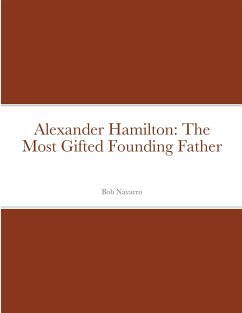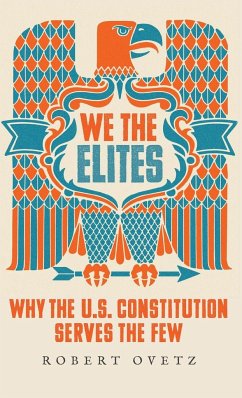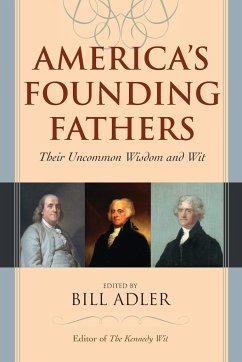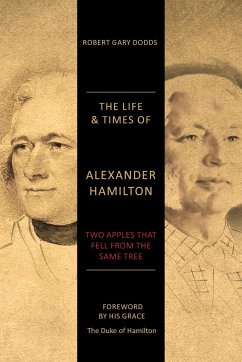
Financial Programs of Alexander Hamilton
Versandkostenfrei!
Versandfertig in 1-2 Wochen
29,99 €
inkl. MwSt.

PAYBACK Punkte
15 °P sammeln!
UNIQUE: looks at Hamilton's programs from the perspective of Hamilton's contemporaries, using primary sources. In late 1789, what would the man who cornered Secretary Hamilton in a tavern, or the woman who sat across from him at a dinner party, tell Hamilton he urgently needed to fix? How did Ham-ilton's programs address those crises? And what made those programs so useful that the programs remained in place long after the crises of the 1780s and 1790s were resolved? VIVID: Like a novel, history is more gripping if it's told with dialogue rather than third-person exposition. This book provides...
UNIQUE: looks at Hamilton's programs from the perspective of Hamilton's contemporaries, using primary sources. In late 1789, what would the man who cornered Secretary Hamilton in a tavern, or the woman who sat across from him at a dinner party, tell Hamilton he urgently needed to fix? How did Ham-ilton's programs address those crises? And what made those programs so useful that the programs remained in place long after the crises of the 1780s and 1790s were resolved? VIVID: Like a novel, history is more gripping if it's told with dialogue rather than third-person exposition. This book provides historical context and then, as often as possible, lets Hamilton and his contemporaries speak for themselves. Appendixes 1-3 include Hamilton's major policy papers, broken up with outline headings for easier reading (pp. 193-354). Dianne L. Durante, Ph.D., is an independent researcher, freelance writer, and lecturer. Publications include Alexander Hamilton: A Brief Biography, Alexander Hamilton and the Reynolds Affair, and Alexander Hamilton: A Friend to America (2 volumes). In 2019, the Alexander Hamilton Awareness Society designated her a National Hamilton Advocate. For an up-to-date list of books and essays, visit www.DianneDuranteWriter.com/books-essays












